Turin served as the first capital of Italy and has been a major cultural and economic center for the country for many years. Located in the north-westerly part of Italy, Turin is the capital of the Piedmont region and sits on the river Po. The city of Turin has a population of 892,000 and the greater metropolitan area has an estimated 2.2 million inhabitants.
As with many regions of Italy, Turin saw Roman activity and a military camp was held here. Once the Roman Empire had collapsed in Western Europe, Turin was occupied by various nations and empires subsequently. During the 1300-1600s, the city saw great growth and gained much of its fantastic architecture and cultural buildings during this period.
In the modern era, Turin was rapidly rebuilt after WWII and its automotive industry became one of the defining influences in the Italian economic revival. The city is now a fantastic blend of old and new and provides a brilliant array of attractions.
Visit The Royal Palace
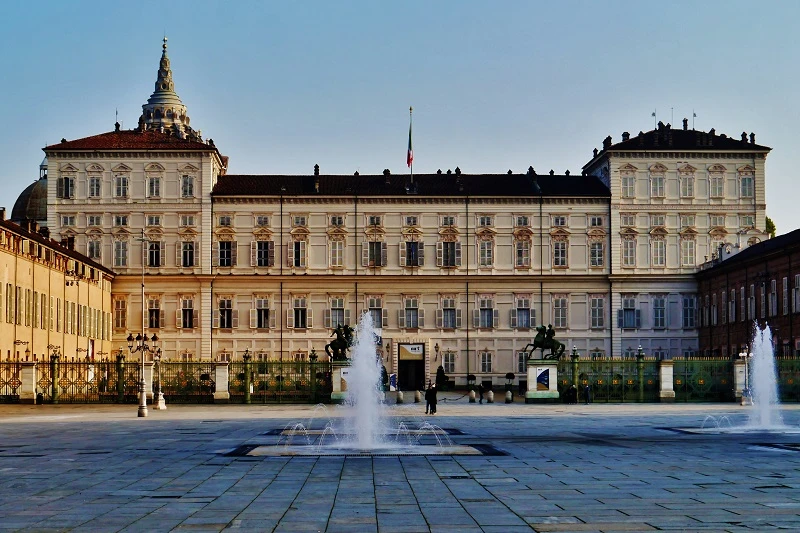
Most of Turin’s grand buildings were created during its golden age when the House of Savoy flaunted its imperial prowess for 900 years. When planning what to do in Turin, learning history should be at the top of your list.
It started with Emmanuel-Philibert, Duke of Savoy, who moved his capital to Turin in 1562 and began a series of building projects ranging from the Royal Palace in the center of town to country residences and hunting lodges.
In 1997, this vast network of buildings was declared a UNESCO World Heritage Site. It portrays 17th and 18th-century European monumental architecture that utilizes style, dimensions, and space to illustrate the absolute monarchy of that era.
Furnished with royal antiques and paintings, The Palazzo Reale, which was the official residence of the Savoy dukes and kings for over two centuries, is open to the public. Various epochs of Turin’s heritage overlap in Palazzo Madama.
This palace incorporates parts of an ancient Roman gate, which was converted into a castle in the middle Ages. In the 17th century, it became the residence of the Madama Reale or Royal Widow. In 1721, architect Filippo Juvarra rejuvenated the palace with a baroque facade. Today, the Palazzo Madama houses the Civic Ancient Art Museum.
Late-night gelato at Mara dei Boschi and clubbing at the Bunker
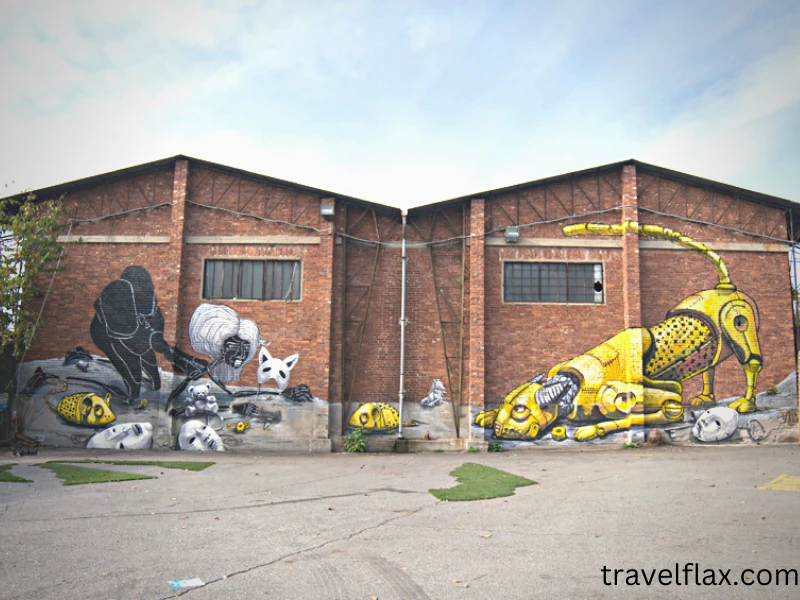
As a staple of Italian cuisine, gelato is necessary daily, especially when you are traveling through Italy! There is no better way to cool off on a nice summer’s day than with gelato in hand. Wander the streets of Turin as the sun goes down and make your way to Mara dei Boschi, the hottest Gelateria in town.
Not only does Mara dei Boschi offer delicious gelato in numerous flavors, but it is also open until 1 am Thursday through Saturday, and midnight every other day. That’s right, you can dance the night away, see a concert, or go for a later dinner and still have time for gelato! That, I would say, is always a good idea.
A trip to Turin wouldn’t be complete without venturing to the Bunker, an artist’s haven located in an industrial complex just outside the city center. Well worth the trip, The Bunker is unlike any other club in Turin and will make your time in the city a memorable one.
Known for its eclectic design, this gallery-turned-club hosts a variety of musicians, largely within the electronic/techno sphere. The schedule can change daily, with surprise performances by visiting musicians, hip-hop concerts, and experimental pieces by local and visiting artists. The Bunker denotes its events as “transcultural clubbing”, inviting people from all nationalities to come together at night in Turin.
See The Holy Shroud
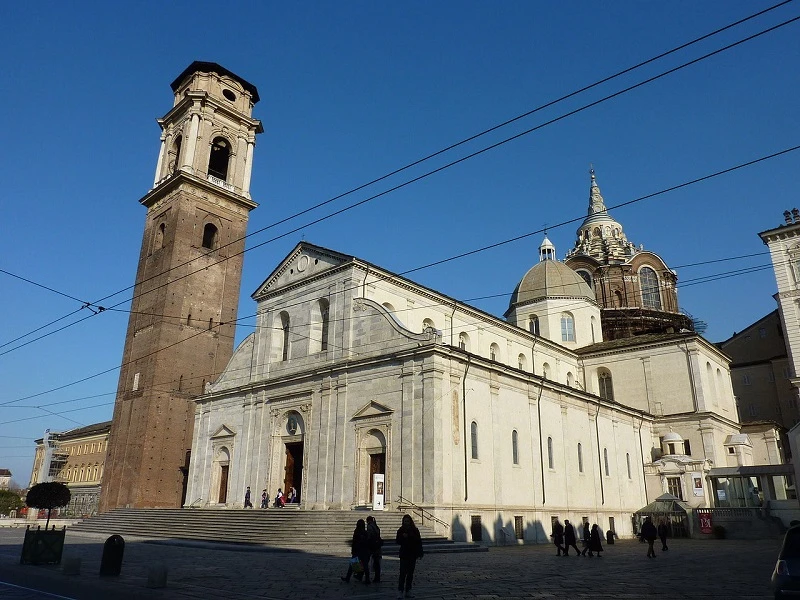
One of the most controversial items in Christian history is kept at the cathedral of San Giovanni Battista in Turin. The Holy Shroud is an ancient linen cloth that bears the image of a crucified man, which millions believe to be the cloth that wrapped Jesus Christ’s crucified body.
Modern science has completed hundreds of thousands of hours of detailed study and intense research on the Shroud and yet, the controversy rages on. The Shroud of Turi was allegedly discovered in Turkey during the Holy Crusades in the Middle Ages.In 1988, the Vatican allowed the shroud to be dated by three independent sources – Oxford University, the University of Arizona, and the Swiss Federal Institute of Technology. Each of them dated the cloth as originating during medieval times, around 1350.
The shroud of Turin allegedly was in a fire during the early part of the 16th century and, according to staunch believers in the shroud’s authenticity, that is what accounts for the carbon dating of the shroud as being no more than 650 years old.
At Turin’s cathedral, you can gaze at the satin-covered box that it is kept in, and inspect a smaller copy hanging on the wall. A full-size copy is also on display in the Baroque church of San Lorenzo on Piazza Castello. A full-size copy is also on display in the Baroque church of San Lorenzo on Piazza Castello.
Discover The Mysteries Of The Egyptian Museum
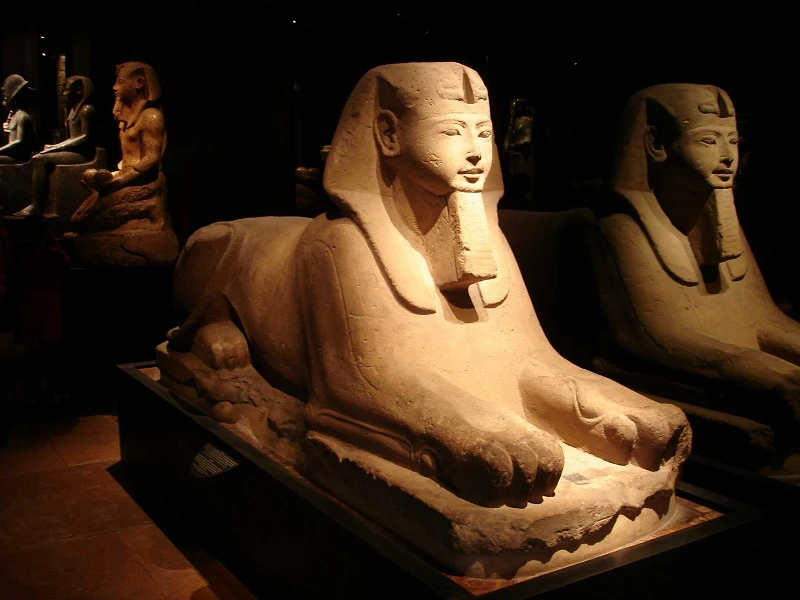
Turin’s Museo Egizio is one of the best Egyptian museums outside of CairoIf you’re wondering what to do in Turin that is unique, you might be surprised to learn that the Turin Egyptian Museum is a treasure trove of Egyptian artifacts and the largest in the world outside Cairo. The size and enormous variety of the collection make it a fascinating place to spend a few hours.
All periods of ancient Egypt are represented here; from rows of mummies to giant sculptures, grooming implements to furniture, no type of surviving artifact is missing.
The top crowd-pullers are the 4,000-year-old body of a woman, a large black granite statue of Ramses II, and the Tomb of Kha. There are 98 large statues, as well as an extraordinary collection of papyri including Royal Papyrus which lists all the Egyptian Kings from the beginning of time to Ramses II (1279 BC).
Paintings from the tomb of It (discovered in 1911) and the oldest painted cloth in the world (3500 BC) depicting boats, hunting scenes, and ritual dances. The Tomb of Kha dates back to 3500 BC and was transported to Turin intact from the archaeological site of Dair-el-Medina. It houses sarcophagi and statues, a bed, clothing, cooking utensils, and grooming items.
Get around on foot or by low-impact tram
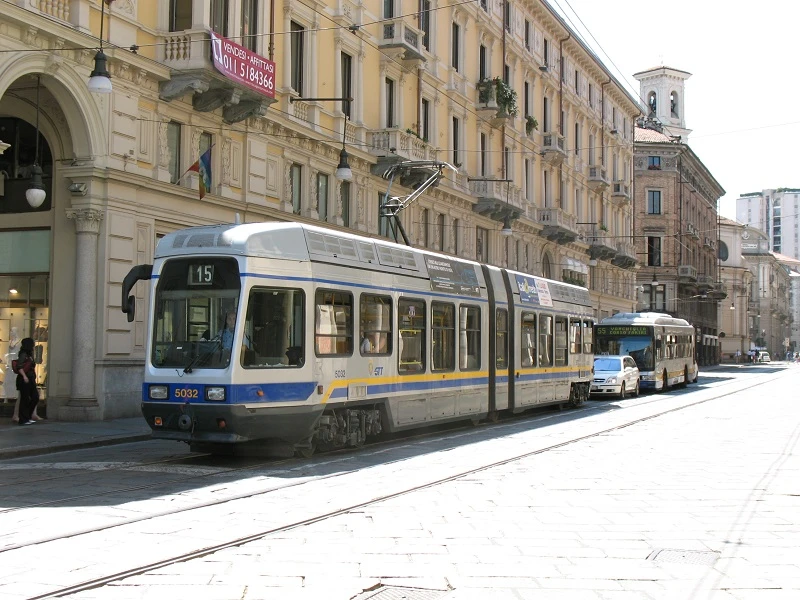
Unsung Turin is relatively compact and affordable compared to Rome, Florence, and other more touristed Italian cities. It costs nothing to cruise around downtown Turin on foot and the reward is soul-soaring views of the surrounding Alps at every turn. Or pay €4 to rattle around by tram all day with a one-day public transport ticket.
Watch out for the revival of historic tram line 7, temporarily suspended by the Covid pandemic. Launched to promote the environmentally low-impact form of public transport, the ‘mobile museum’ takes visitors on a circular tour of Turin’s main squares and avenues in vintage, racing-green tram wagons from the 1930s and 50s.
Poke around an icon of early 20th-century architecture
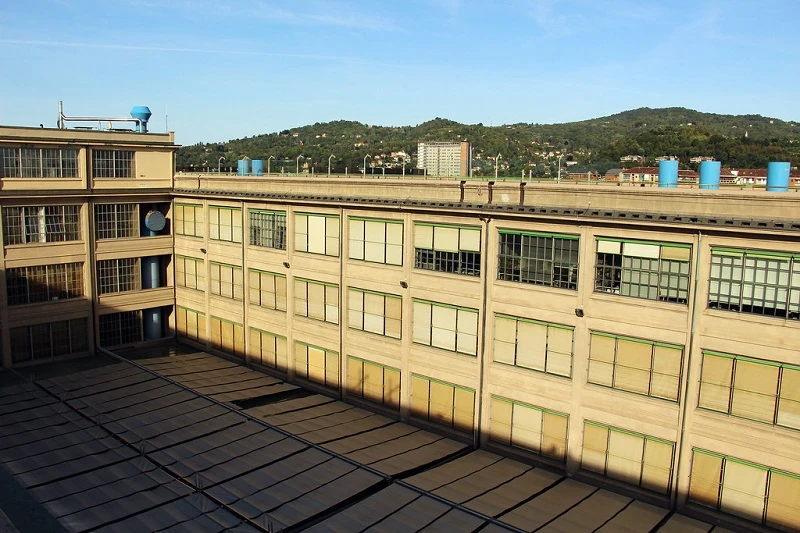
No single building is more evocative of Turin’s Herculean industrial heritage than its landmark Fiat factory in Lingotto. Considered one of Italy’s most hallowed examples of early 20th-century industrial architecture, the 1923 car factory closed in 1982 and was later redesigned by Italian architect Renzo Piano as a shopping mall, congress center, and exhibition hall. Allow ample time for browsing and taking in the aura of the enormous, five-story building.
The rooftop – with a 1920s test track now used to take new-gen e-Fiat 500s for a debut spin and a recently planted urban garden with yoga and meditation areas – is only accessible via the ticketed Pinacoteca Giovanni e Marella Agnelli. Visiting the modern art gallery and track is free however if you are a guest at the DoubleTree by Hilton Turin Lingotto hotel, inside the original factory hall.
Taste Giandujotto Chocolates
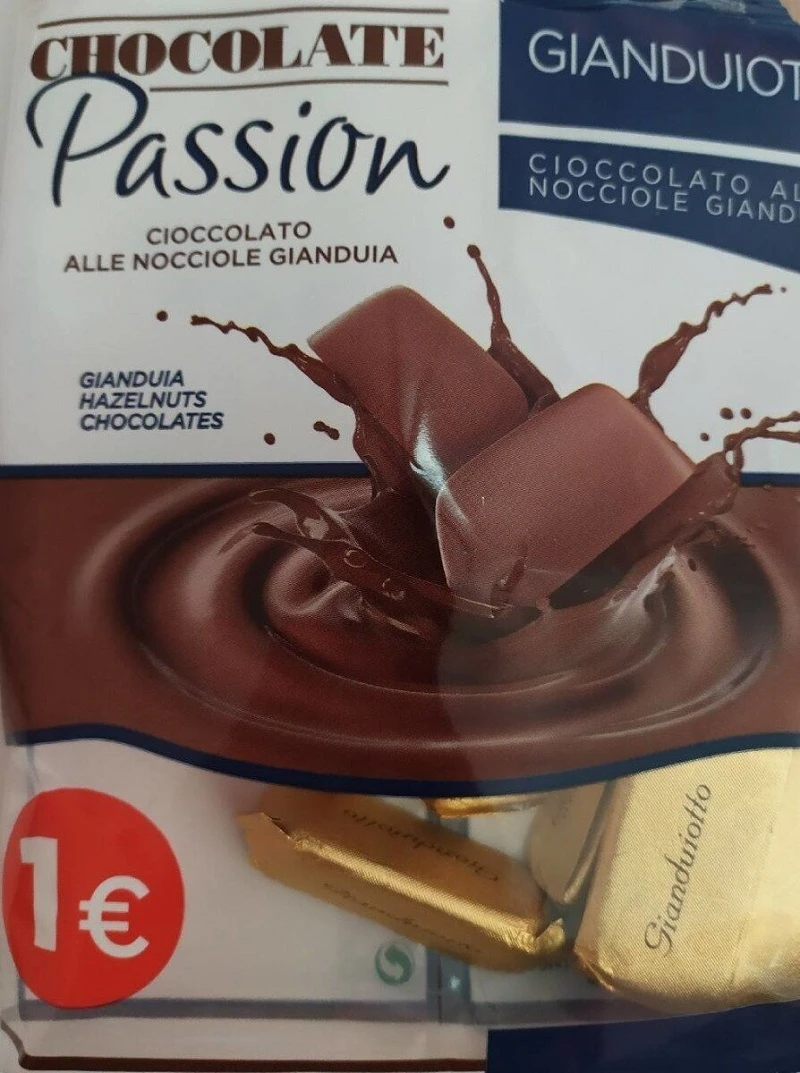
Turin is famous for its giandujotto chocolates, which is a foil-wrapped mini-ingot. This Turin delight has the flavor of roasted hazelnuts and a fruity tinge. It’s as addictive as Nutella on bread and if you didn’t already know this, Nutella was invented in Piedmont, the northwestern Italian region of which Turin is the capital. Long before Nutella was released to the world in 1964, the blend of hazelnut and chocolate was a favorite treat.
Actually, during the 18th century, Turin was an international chocolate capital. Chocolate producers in Turin exported chocolate to Austria, Switzerland, Germany, and France. Even Swiss chocolate makers came to Turin to learn how to make chocolate.
One of the reasons for Turin’s great chocolate is that prized hazelnuts grow in the hills of the Alta Langa in southern Piedmont. So chocolate and hazelnuts were combined to form Gianduja. It was named after the hat worn by the puppet Gianduja.
Gianduja was first introduced to Turin in 1865 by chocolate-maker Caffarel. These days, Guido Gobino is Turin’s chocolate king and his shop has a basement factory and is worth visiting. Gobino sells his chocolate around the world.
Aside from giandujotti, his other signature products are amarissimi, which are disks of bitter chocolate mixed with ground cocoa and chocolate-coated ginger. Gobino’s giandujotti are milkless mini-sized chocolates with fruity flavors and Piedmont hazelnuts.
Explore Museo National Del Cinema
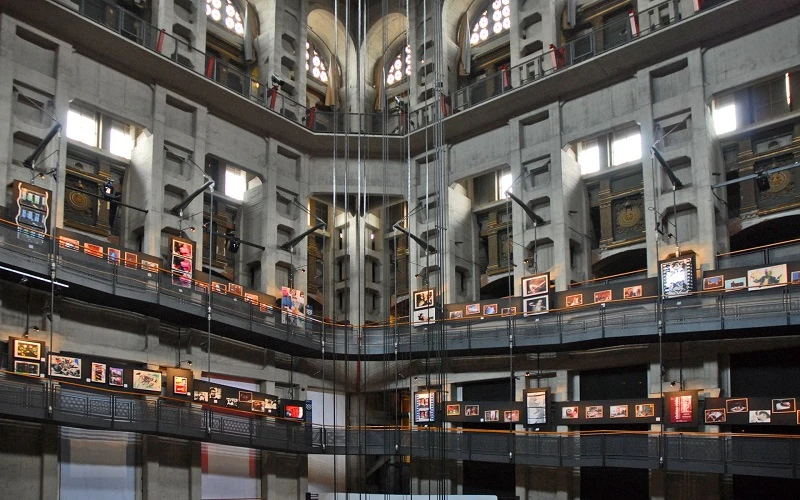
Up until the 1930s, Turin was the heart of Italy’s movie-making industry. That was before Mussolini moved Italy’s film production to Rome. The Museo Nazionale Del Cinema contains five floors of exhibits dedicated to celluloid history.
The heart of the Museum is the Temple Hall surrounded by ten chapels dedicated to the cult of cinema. One of those is a laboratory of special effects with a walk-in fridge full of lavatories (you get to sit on a toilet seat while watching Monty Python.
There’s also a room with angled mirrors that brings animation to life and a room devoted to Gothic horror. You lie on a bed watching classic love scenes as a glass elevator whizzes people right up through the layers of galleries to a terrace that has the best views of the city.
Believe me, the museum is worth exploring and if you’re a cinema fan you could spend all day here. There are plenty of interactive multimedia collections that meld historic props with cutting-edge technology.
There are other original props like Fellini’s hat, Charlie Chaplin’s bowler, and Darth Vader’s mask. There’s an entire section devoted to cinema technology, with 3,500 items from the late 18th and early 19th centuries. There are magic lanterns, 18th-century optical boxes, and a rare collection of 200 historic documents about the development and circulation of optical shows.
Another floor has over 300,000 movie posters, playbills, and historic advertising material promoting the cinema. These date from the first pre-cinematographic shows to films today’s teenagers love to watch. Another section shows the history of photography with 130,000 photographic records and 1,800 pieces of old photographic equipment.
Pictures of famous actors and directors hang on the walls and the posters will take you down memory lane. Hollywood’s golden oldies include Sunset Boulevard, Citizen Kane, and Singin’ in the Rain. Also on the list is a set of sketches from Gone with the Wind and 100 storyboards from Doctor Zhivago.
Conclusion
Let’s Explore “Torino”, Italy. This list of what to do in Turin is just a scratch on the surface. There are so many more things to do in Turin, that you will need to stay here for a month or so, and even better plan a second trip. If you’re a fan of architecture, history, and cultural immersion – then Torino (as it’s locally known) is a fantastic destination to explore.
Whether you’re spending a short weekend in the city or extending your stay for longer, there are plenty of wonderful things to do in Turin. Turin promises unforgettable memories and unique cultural encounters. It’s time to let your feet hit the cobblestone pavement!
